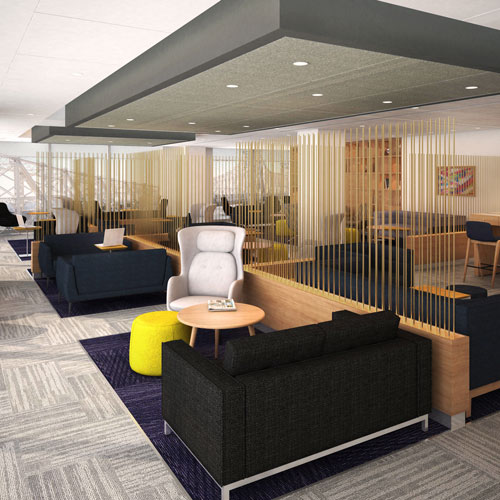What are Mandarin Oriental’s goals with its sustainability program?
We’ve always considered our sustainability initiatives to be an extension of our respect for our people and the world and the assets that we’re responsible for, stemming from our Oriental heritage. We’ve always been committed to conservation and looking after our colleagues and our customers. So, formalizing and reporting on our sustainability activities was just an extension of that philosophy… We treat our sustainability activities—or the notion of sustainability—more as a journey than a means to an end. I have three granddaughters, little girls that I hope will inherit a world at least where they have as much opportunity as I do.

What are some of the things you’re doing to become more sustainable?
Conservation is a serious commitment that we have always had, and we’re getting more focused every day in the use of resources—from water and electricity to the reduction of our waste, our greenhouse gas emissions, and our consumption of fossil fuels.
We also believe that our colleagues need to be empowered to make socially and environmentally sound decisions. Empowerment begins with education, and so in 2013, we launched a dedicated sustainability training program for all colleagues. This training is part of our mandatory orientation program for new colleagues as well.
Since you’ve been collecting data, are there any metrics you’re particularly proud of?
I’m certainly proud of our reduction in the intensity of our greenhouse gas emissions. We’ve been very successful in taking our emissions number down. We’ve reduced our greenhouse gas emissions intensity by a total of 18.3 percent over the period from 2007 to 2014. As members of the World Tourism and Travel Council (WTTC), we’re proud to support the WTTC’s commitment for the reduction of greenhouse gases and carbon emissions for our industry.
Sustainability is about more than the environment to Mandarin Oriental—tell us about your commitment to your communities.
Mandarin Oriental understands the importance of culture and community to our brand. Our success depends on the health and prosperity of the communities in which we do business. We have many programs that our hotels support, whether it’s language programs in our various communities, or whether it’s our commitment to sustainable agriculture, to sourcing our goods and services locally in the communities where we do business. Our colleagues support a host of charitable causes, volunteering time or raising funds that can also be matched through our Fantastic Match program in the United States.
What is Mandarin Oriental’s global development focus?
We’re very focused on the luxury hospitality segment. We don’t have lower-tier brands; we don’t franchise. We just focus on building our portfolio. We have concentrated in the past on major gateway central business district locations.

With 17 hotels and seven Residences at Mandarin Oriental under development, is there a particular region where you’re focused?
The last few years, it’s been about growth in China and Asia in general. Recently we’ve had several projects in the Middle East, and we’ll expect to have one or two more there and a few in Eastern Europe.
The Group also just opened a location in Milan. What were the challenges?
This project centered on the renovation of four historic buildings located in the heart of the city. The restoration project was conceived and completed by Antonio Citterio Patricia Viel Interiors, a well-established Milanese firm of international interior designers. Their challenge was to combine these four 18th-century buildings with their differing characteristics and histories and reveal a distinctive view of inner Milan. To create a harmonious design across the four buildings, leading architect Antonio Citterio blended oriental touches with Milanese style. The resulting property offers spacious rooms, elegant suites, innovative dining, and a fabulous spa—the perfect urban retreat.
You recently acquired the Hotel Ritz, Madrid as part of a joint venture with The Olayan Group. What’s exciting about this project?
It’s an iconic hotel that [was] opened in 1910 by King Alphonso the 13th. He was eager to increase the world standing of Spain and Madrid, and like London and Paris, which had a Ritz hotel, he was desperate to have a Ritz in Madrid… It’s in a beautiful location in Madrid, right next to the Prado, so many cultural activities and facilities are very close to the hotel. It’s beautiful and built in the style of the era, and it’s been maintained during that time. We and our partner hope to undertake a significant renovation of the property and return it to its original splendor.
What’s the timeline on that?
We hope to start the renovation by 2017 and complete it within 18 months to two years.


